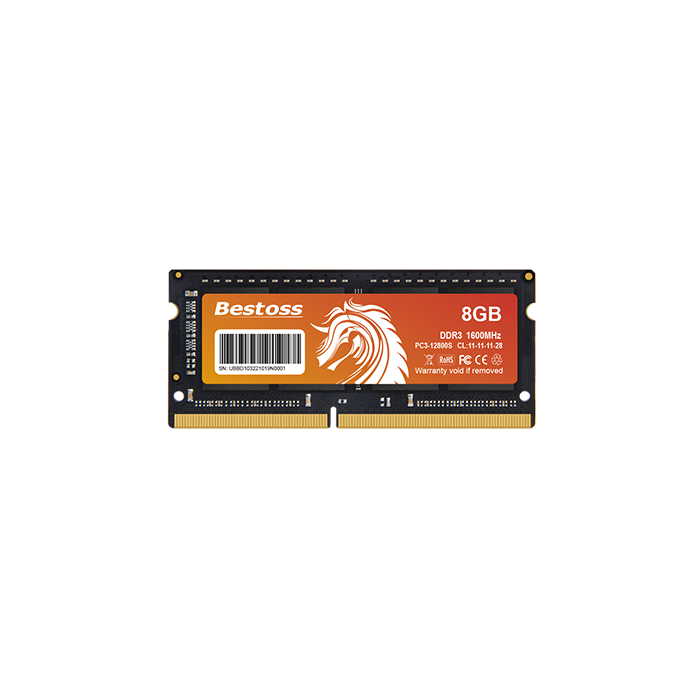- Home
-
Products
-
Product collection
-
- Application
- OEM&ODM
- News
- About Us
- Contact Us

Troubleshooting RAM Issues: Common Problems and Solutions
Random Access Memory (RAM) is a crucial component in any computer system, responsible for providing temporary storage for data that the CPU (Central Processing Unit) can quickly access.
The core position and importance of RAM in computer systems
As a key component of modern computing devices, random access memory (RAM) plays an important role in CPU data cache. When a RAM module fails, the stability of the entire system will be seriously affected, manifested as a variety of performance impairments. Timely identification of memory failures and taking correct countermeasures are essential to ensure work efficiency and hardware life. This article will systematically analyze the various manifestations of RAM failures and provide proven effective solutions.
In-depth analysis of typical clinical manifestations of RAM failures
Computer memory failures often present a variety of symptoms, among which the blue screen of death (BSoD) is the most iconic warning signal. This serious system error is often accompanied by a sudden shutdown, which not only interrupts the current workflow, but also may cause permanent loss of unsaved data. Professional technicians have observed that about 40% of random system crashes can be traced back to abnormal memory modules.
Frequent freezes or pseudo-deaths during system operation are also worthy of vigilance, especially after excluding the possibility of software conflicts. Such symptoms often point to memory compatibility issues or physical damage. It is worth noting that the performance degradation problem reported by many users has been significantly improved after upgrading the memory, which confirms the decisive influence of RAM status on overall performance.
The role of temperature factors in memory stability cannot be ignored. Bestoss laboratory test data shows that the failure rate of memory modules that continue to work in a high temperature environment is 3-5 times higher than that under normal working conditions. In addition, the compatibility problems caused by the mixed use of memory sticks of different specifications have become the most common stability killer in the DIY installation field.


The value of systematic maintenance and professional services
Regular cleaning and maintenance is a basic measure to extend the life of memory. We recommend thorough dust removal once a quarter, focusing on removing dust accumulation in the memory slot area. Actual cases show that a good heat dissipation environment can reduce the operating temperature of the memory by 8-12℃, significantly improving long-term stability.
For users or complex fault scenarios, seeking professional services from certified technicians is the safest choice. We provide a full range of solutions from remote diagnosis to on-site replacement to ensure reliable support for critical business systems.
Bestoss innovative technology leads the innovation of memory solutions
As a professional manufacturer in the field of DDR memory and SSD, Bestoss continues to invest in research and development innovation, and its products have passed ISO9001 quality management system certification. The latest low-latency, high-frequency memory modules feature a 10-layer PCB design and selected particles, demonstrating excellent stability in professional tests.
Therefore, each of our products undergoes 200 rigorous tests to ensure the best experience for everyone from gamers to data center users. The company's lifetime technical support and comprehensive warranty system have become the industry's service benchmark.
By implementing a scientific maintenance strategy and choosing reliable hardware products such as Bestoss, users can effectively prevent most memory-related problems. We recommend a complete hardware health check every 12 months, which will help detect potential problems early and avoid data loss and reduced productivity.
By continuing to use the site you agree to our privacy policy Terms and Conditions.